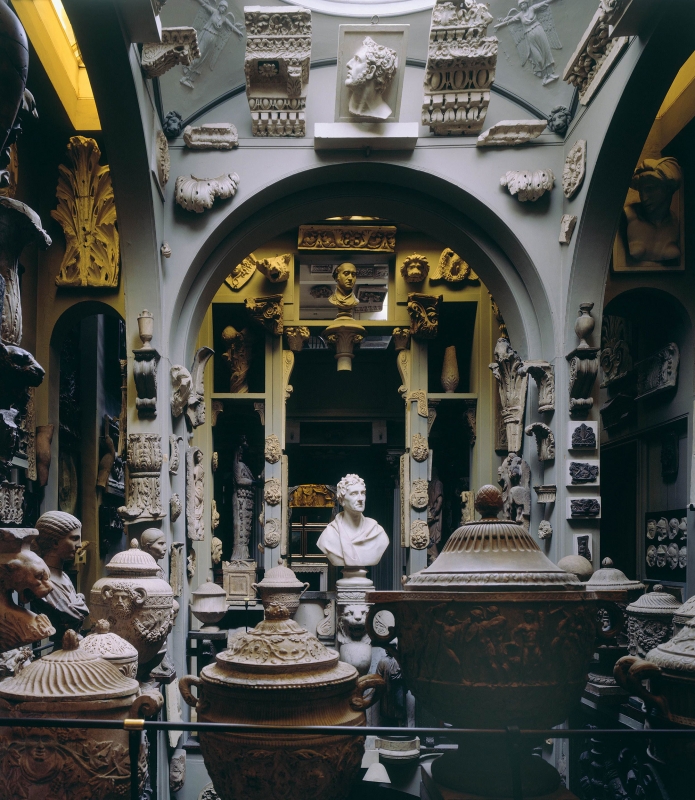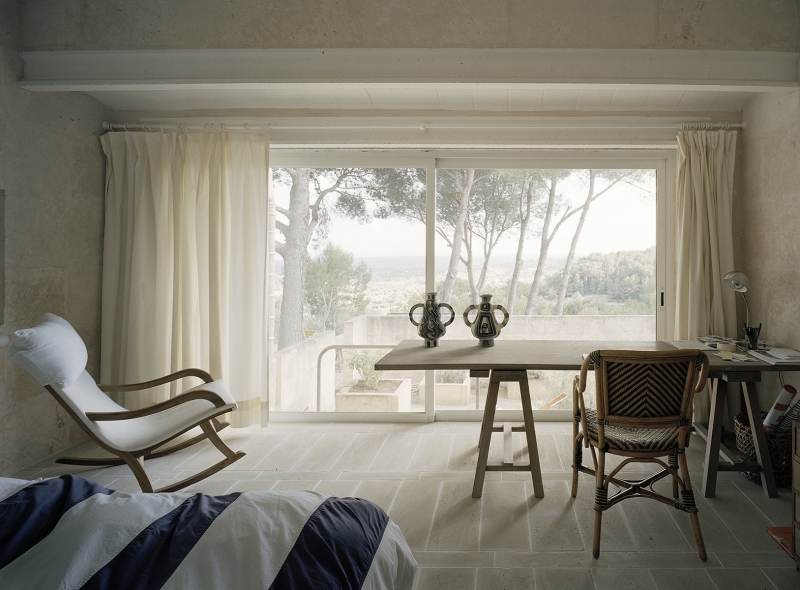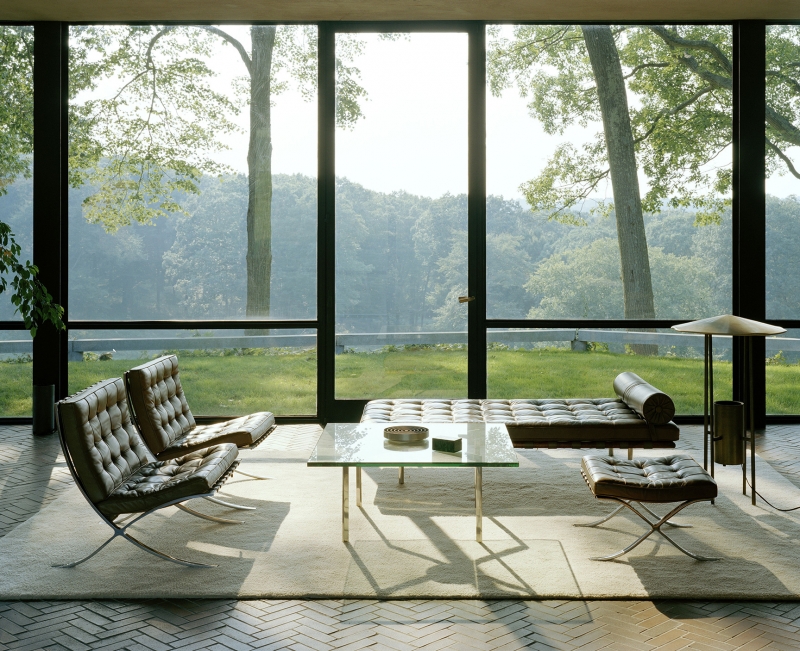- A & D
- Adiga
- Announcement
- Art contemporary
- Auto
- Cinema
- DavideDanial
- Design & architecture
- Design project
- Fashion
- Food
- Graffiti
- Guide to healty
- Humane project
- Innovations
- Interview
- Italy
- Light & Furniture
- Music
- Nature
- Nude genre
- Organic food
- Personage
- Photo PS
- Poetry
- Russia new
- Архитектура прошлого
- Классическое искусство
- Книги
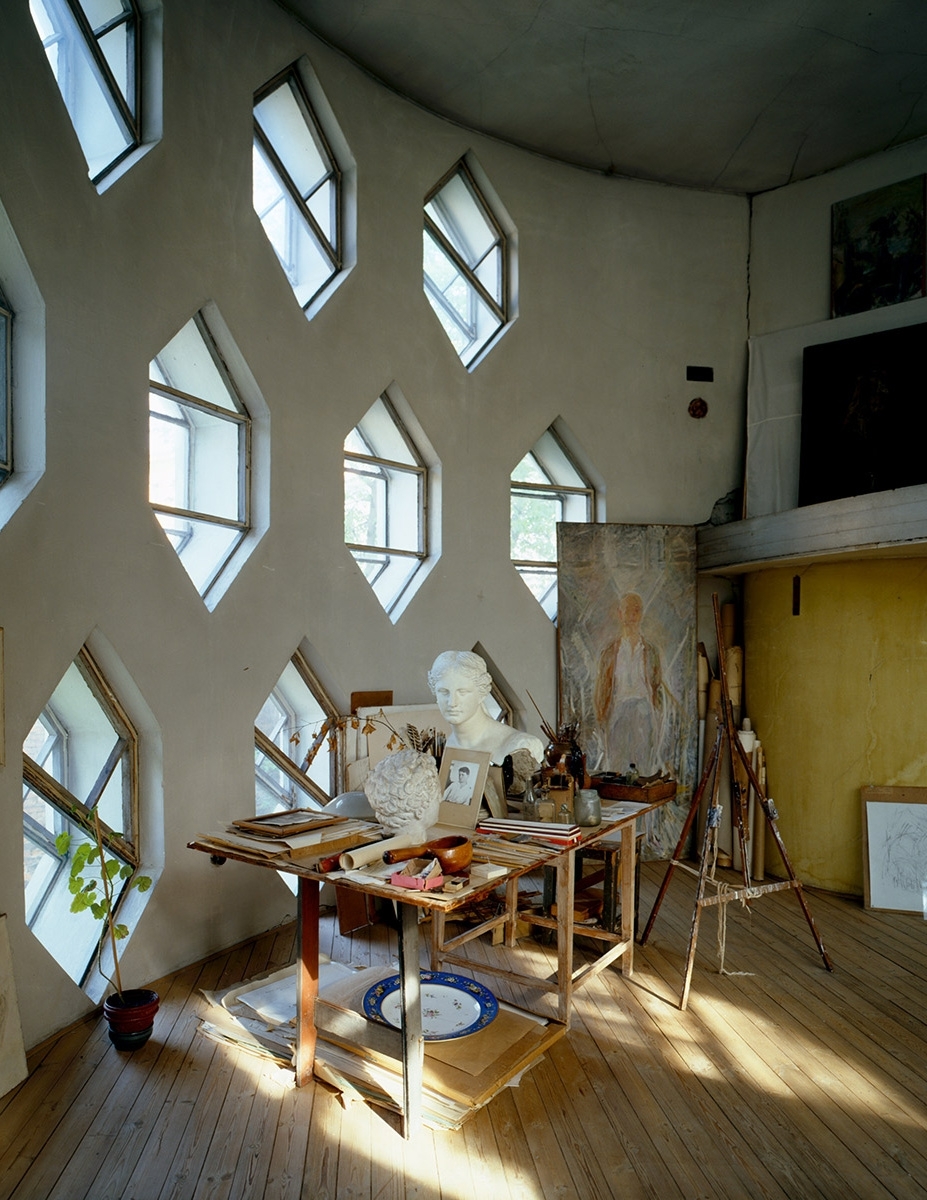
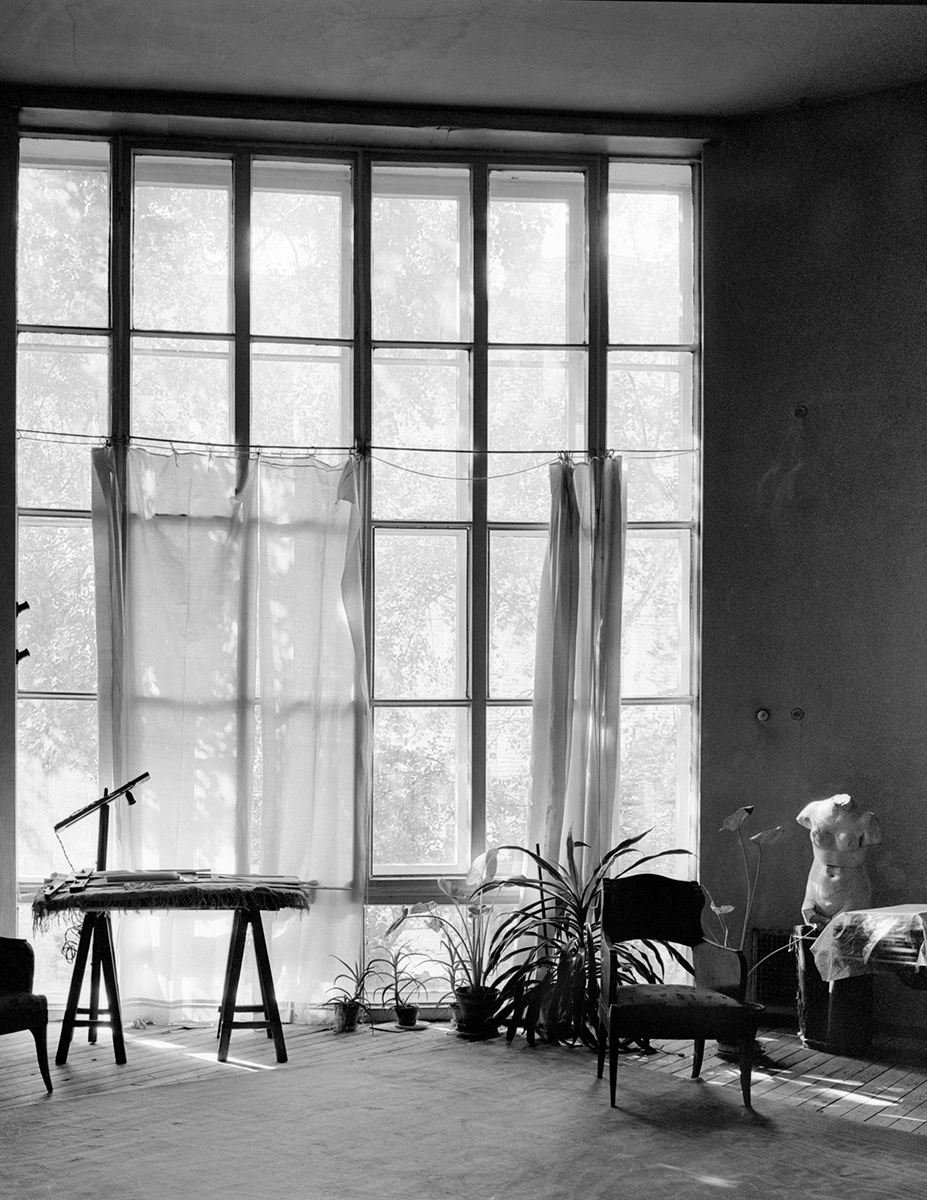
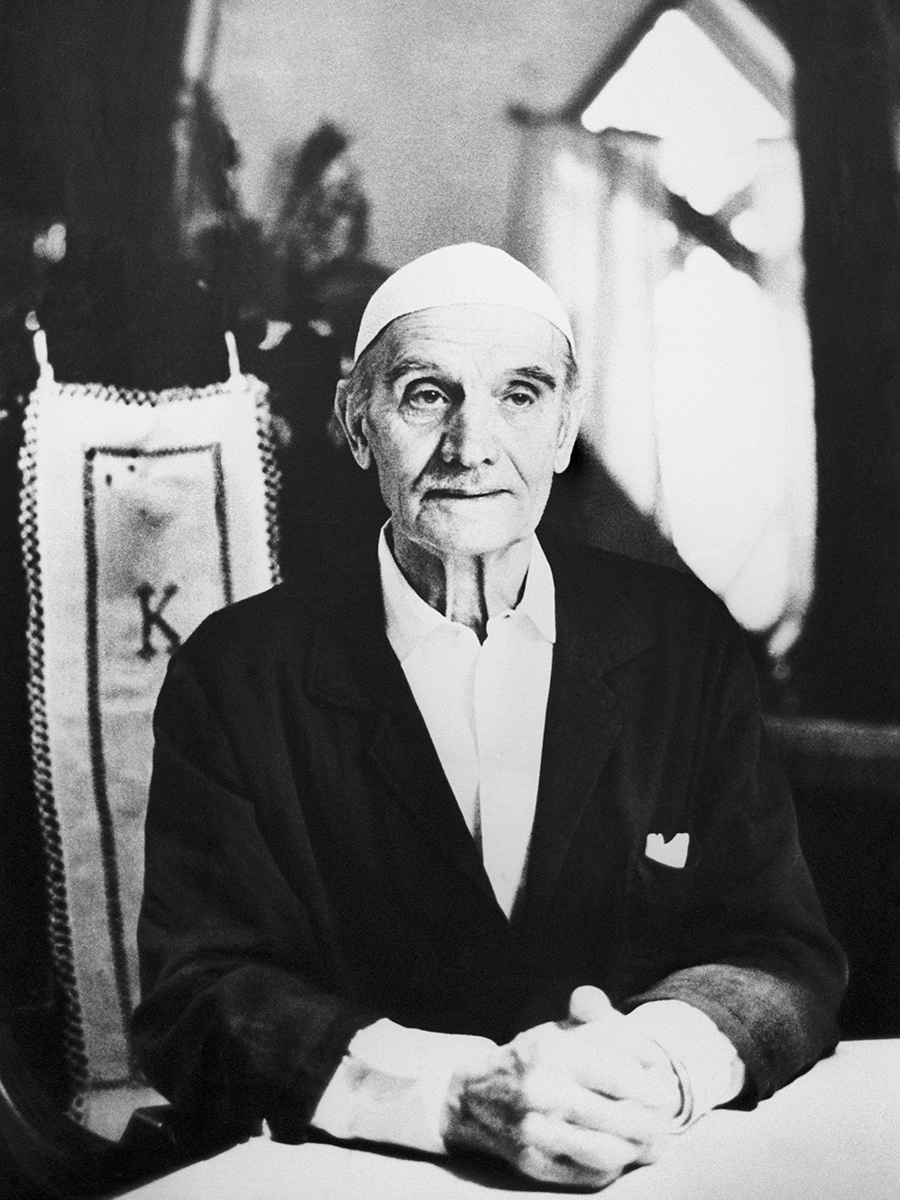
10 Krivoarbatsky Lane, Moscow, Russia
Home of Konstantin Melnikov
Home of Konstantin Melnikov 1927 -1929
All 20th-century architects built homes for themselves, all except Soviet architects, in whose country stand-alone residences ran against the powerful Socialist tide. How Melnikov managed to evade these constraints is a mystery and our good fortune that providence happened to smile on this wildest of all the dreamers of the Soviet avant-garde. The home is made up of two cylinders with honeycombed walls and a single bedroom for the entire family. The house is an architectural masterpiece, is celebrated worldwide and is one of the top attractions for foreign tourists to Moscow. But, for Russians, it is important not so much as an architectural wonder but as a cultural anomaly: a single-family home built during the era of the accursed “apartment question” with the inscription, “Konstantin Melnikov architect”, proudly displayed over the entrance and with an enormous, bright, cathedral-like studio on the third floor, all of it bespeaking Melnikov’s pride in a profession little recognized in the USSR, whose members were treated as anonymous functionaries of design institutes and slaves of the building industry.
HOME OF JOHN SOANE Home of John Soane 1792 - 1824 John Soane is the most unclassical of all the architects of Classicism, and his home itself is the strangest of all his creations. He gradually expanded the house as he bought up neighboring properties and reworked them.
HOME OF JORN UTZON Until the 1960s, architects either sought to make their buildings as modern as possible or perhaps built by the canons of an imagined future architecture. But in the 1960s a handful of architects took a different turn and tried for buildings that would exist outside of history, buildings that might be built a thousand years hence or have been built a thousand years before. One of these attempts is Jorn Utzon’s home on Majorca. It has the simplicity of a natural formation. It uses no cement. The interior is ungarnished. There is only the bare masonry, the sun and the quiet poetry of the proportions.
Home of Philip Johnson 1949 In 1932, Philip Johnson organized “The International Style: Architecture since 1922,” a show in New York that introduced the United States to modernist European architecture. Johnson later helped find positions in the US for the architects featured in the show. After receiving a degree in architecture, Johnson began his professional life by building his own home. The small house is the embodiment of modernism. The residential capsule is limited to a bare minimum of space, with a minimum ..
